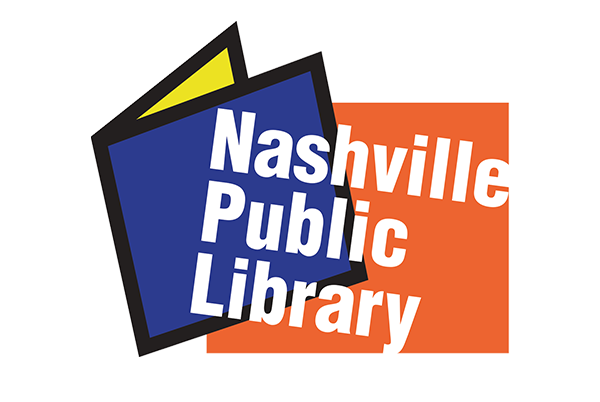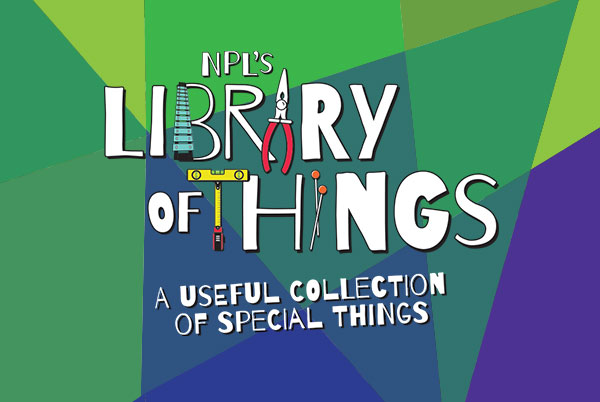
He spearheaded the original 1941 March on Washington movement before organizing the now famous 1963 event in which Martin Luther King, Jr. gave his “I Have a Dream” speech. He was also the leader of the Brotherhood of Sleeping Car Porters – the first African American led union to be accepted into the American Federation of Labor. His passion for equality even caused the Wilson administration to label him "the most dangerous negro in America" in 1919.
Tuesday marked the 90th anniversary of the first meeting of the Brotherhood of Sleeping Car Porters – “the greatest labor mass meeting ever held of, for and by Negro working men,” according to the Amsterdam News. If you’re an educator, consider incorporating A. Philip Randolph into your civil rights curriculum. Below we've compiled a list of key dates and resources available through the library.
A. PHILIP RANDOLPH (1889 - 1979)
Timeline
1917
Co-founded radical civil rights publication, The Messenger, with Chandler Owen and became involved in labor organizing.
1925
Organized the Brotherhood of Sleeping Car Porters union and with the help of new amendments to the Railway Labor Act, successfully re-negotiated worker contracts with the Pullman Company in 1937.
“Pullman Porters May Form Union.” Afro-American 29 Aug. 1925: 15.
1941
Started the March on Washington movement with Bayard Rustin and A.J. Muste, resulting in the Fair Employment Act (Executive Order 8802) which prohibited employment discrimination in the national defense industry.
1948
Organized the Committee Against Jim Crow in Military Service and Training (which would later become the League for Non-Violent Civil Disobedience Against Military Segregation) with Grant Reynolds, resulting in Executive Order 9981 which abolished racial segregation in the Armed Forces.
1957
Organized the Prayer Pilgrimage for Freedom, a nonviolent demonstration urging the government to abide by the Brown vs. Board of Education decision, with Bayard Rustin and other civil rights leaders including Martin Luther King, Jr., who gave his “Give us the Ballot” speech at this event.
1963
Organized the March on Washington for Jobs and Freedom with Bayard Rustin and other key civil rights and labor leaders. This is the event where Martin Luther King, Jr. delivered his “I Have a Dream” speech.
Reading List
Biographies
A. Philip Randolph: Messenger for the Masses* A. Philip Randolph, Pioneer of the Civil Rights Movement A. Philip Randolph: Union Leader and Civil Rights Crusader*
Brotherhood of Sleeping Car Porters
A Long Hard Journey: The Story of the Pullman Porter* Marching Together: Women of the Brotherhood of Sleeping Car Porters Miles of Struggle, Years of Struggle: Stories of Black Pullman Porters The Pullman Blues: An Oral History of the African American Railroad Attendant Rising from the Rails: Pullman Porters and the Making of the Black Middle Class
March on Washington Movement
The March on Washington: A Primary Source Exploration of the Pivotal Protest* The March on Washington: Jobs, Freedom, and the Forgotten History of Civil Rights When Negros March: The March on Washington Movement in the Organizational Politics for FEPC
Tie-ins with Tennessee History
The Civil Rights Movement in Tennessee: A Narrative History
Other Resources
A. Philip Randolph Institute Pullman Porter Museum
* Children’s or young adult book





